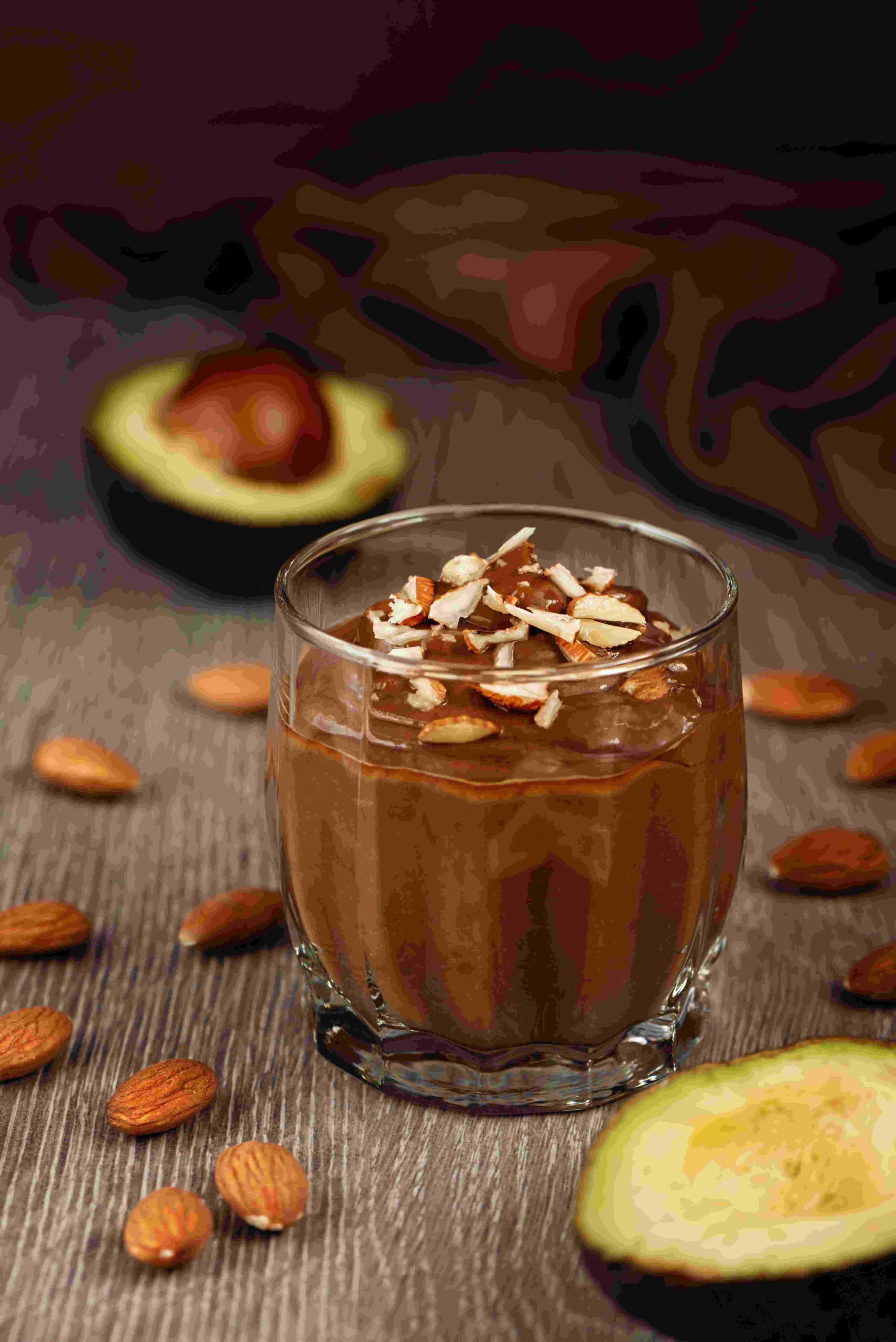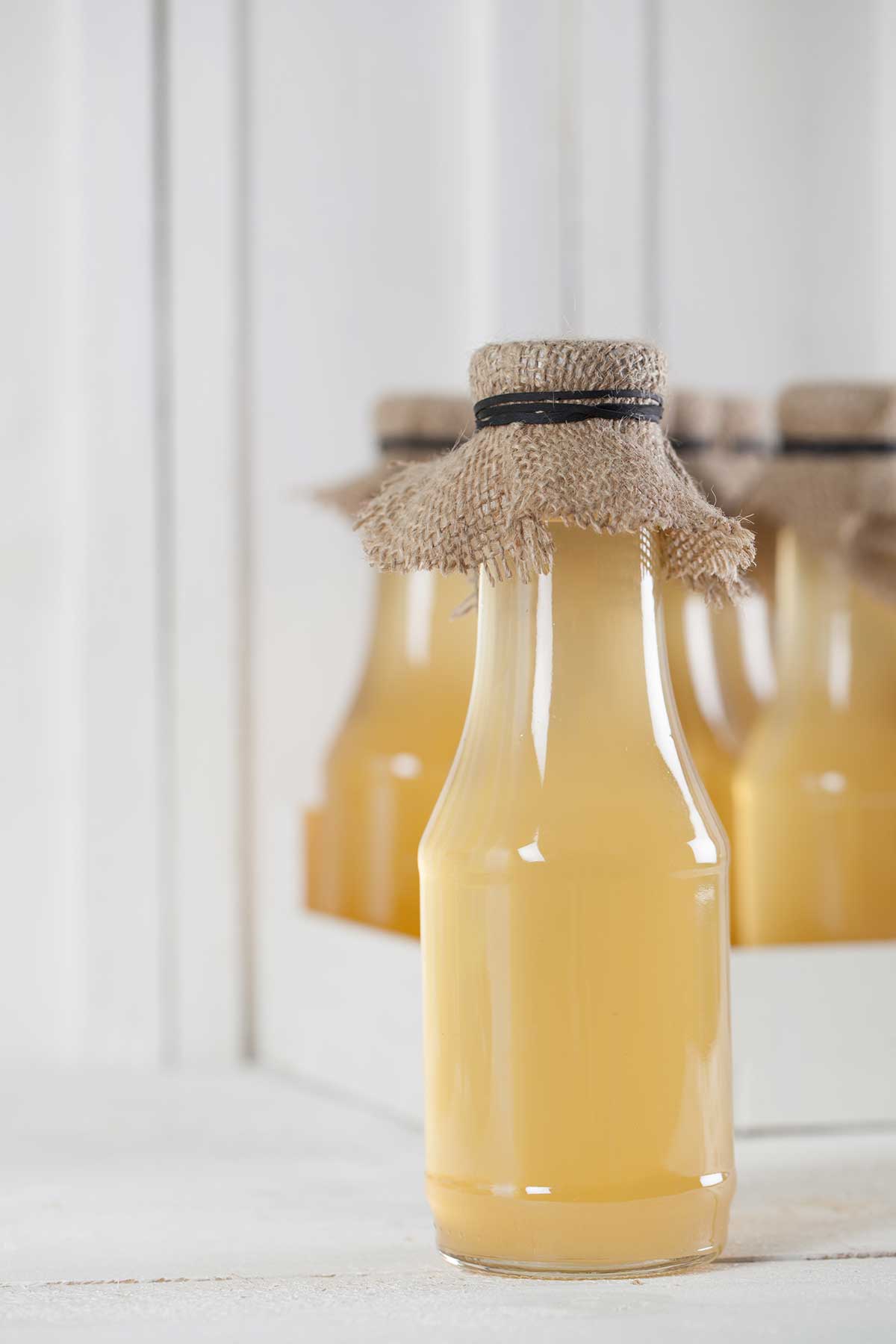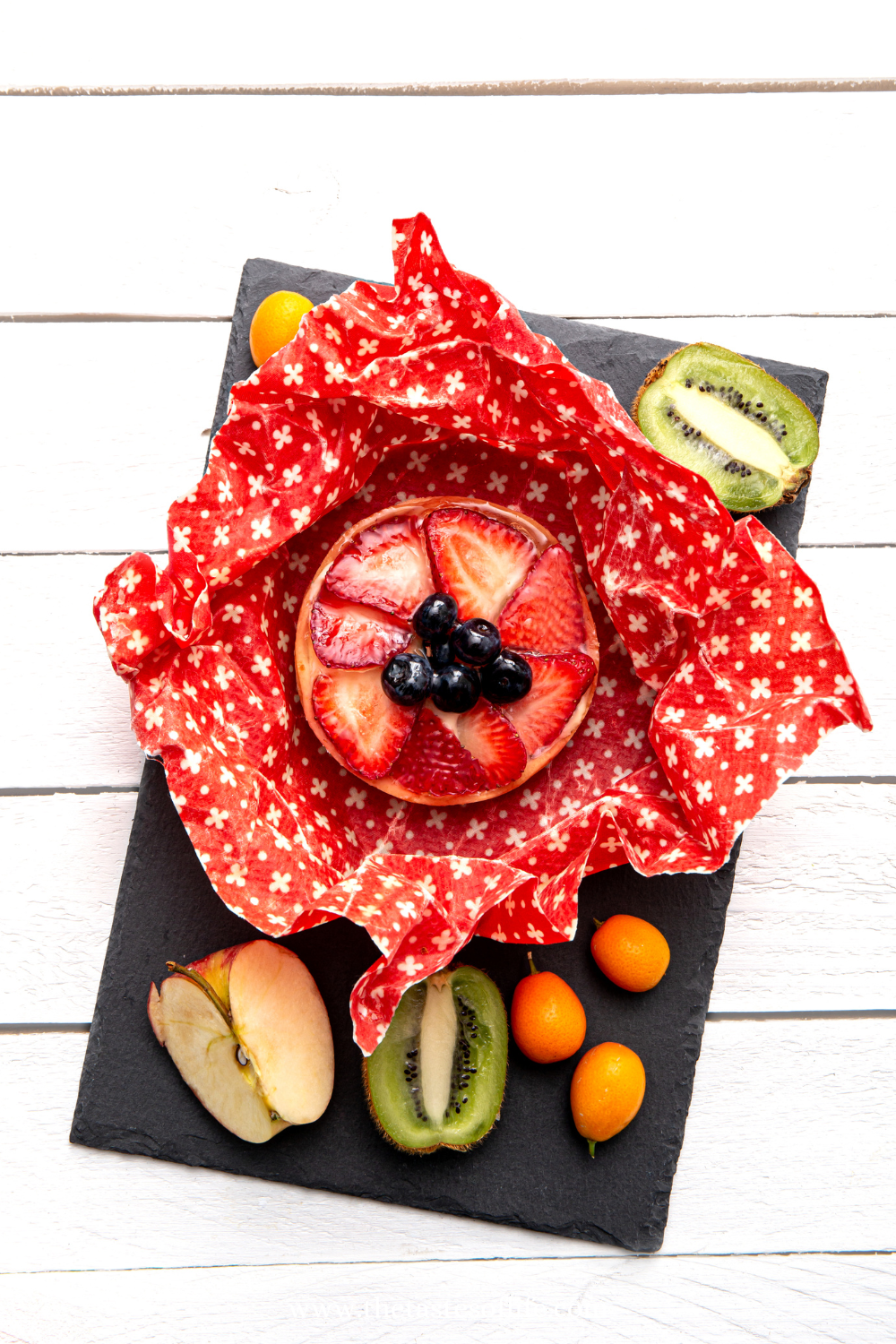The Best Herb Guide to Boring Dishes
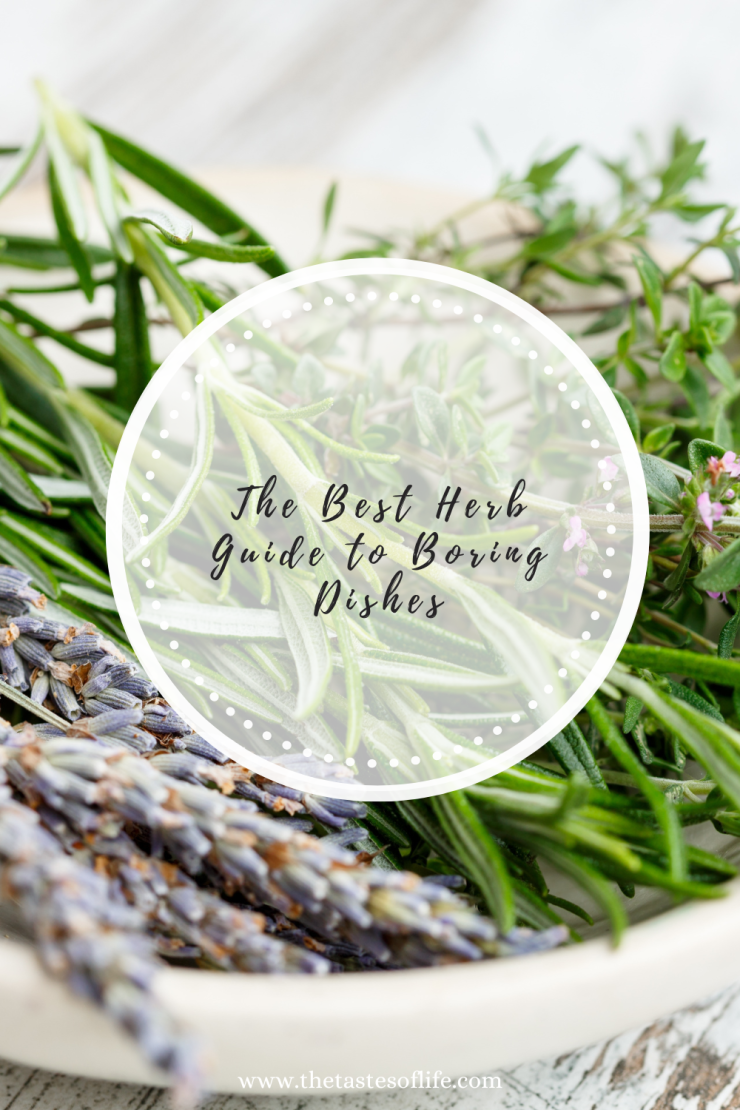
Say Goodbye to Boring Dishes, Here’s the Best Herb Guide
Christmas 2020 is around the corner, and you can’t be forgiven for cooking boring dishes anymore. Here is a guide to the Top 10 herbs to convert your plain meals into flavorful feasts.
You can tantalize the taste buds of your family and friends without altering the composition of salts, sugars, and fats in foods. Your favorite Paleo dishes could do with some uplifting complexity. Know how to use each of these products that Mother Earth gifted us to make delightful and unforgettable mealtimes.
One big benefits of the following herbs are their level of disease-fighting antioxidants. Secondly, they make your food delightful. Thirdly, you can add them to just any food and enjoy their full body and flavor.
Are you cooking a broth, soup, roast, salad, smoothie, or pesto? Add any of the following favorite herbs in gentle pinches. These make your otherwise bare dishes explode with aroma and amp the appetite of all those around your table. Adding thyme to butter, for example, heightens its aroma and flavor.
Herbs for starting and finishing
There are two main basic categories of herbs – starting and finishing.
Starting varieties of herbs are sturdier, heartier, and stronger in texture. They can be woody and earthy hence great to use at the beginning of your recipe. Are you using a stock, sauté, or heating food? Add them to the preparation early so they can have their flavor early in the procedure.
Using these starting herbs too late in the preparation procedure will not have enough time to break down and release their natural constitution into your food. Chewing on these in the meal can be too bitter for some people.
The following are my favorite starting herbs.
- Rosemary
- Bay leaf
- Sage
- Lavender
- Thyme
- Savory
- Lemongrass
- Verbena
- Curry
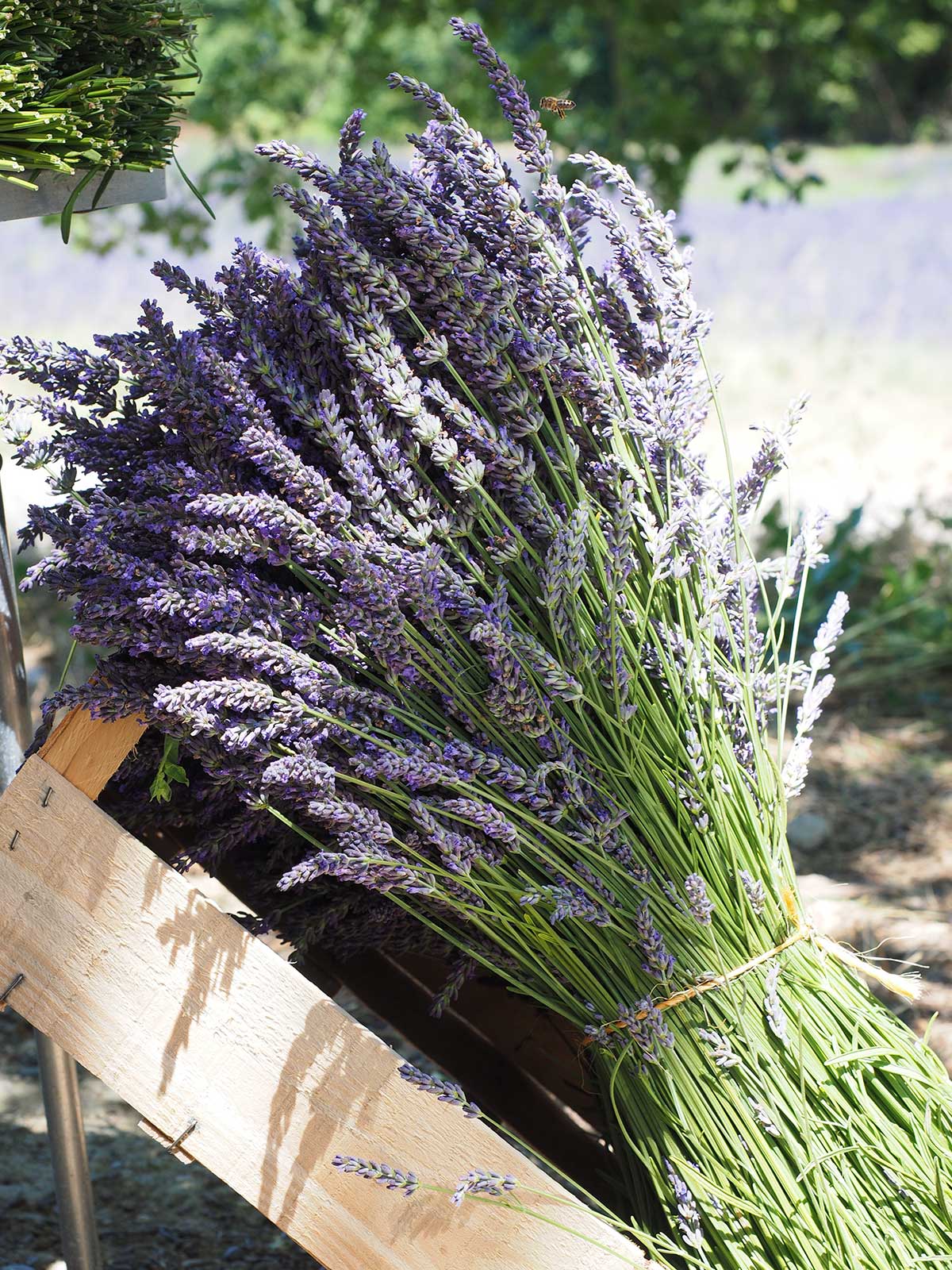
You already know by now that some herbs are more delicate than others. They serve you best when grown nearby in a kitchen garden or pots. Pinch a few leaves just as you cook and add them directly into your pot.
Such herbs immediately introduce their potency into the meal and are best added towards the end of the meal preparation process. This ensures that they do not die in the heat of the pot and lose their flavor. The following are my favorite finishing herbs.
Parsley
Dill
Chives
Cilantro
Mint
Basil
Thyme
Marjoram
Tarragon
Oregano
Chervil
Sorrel
How to properly store your herbs to last long
Herbs are easily some of the most delicate ingredients. Whether you buy them from the greengrocery or you have grown yours at home, you do not want to waste them. That is not what Mother Nature had in mind when she gifted us with these amazing cooking delicacies.
These little green gems wilt quickly and go bad when not properly stored. The following are basic yet practical herbage storage tips that everyone should practice.
1. Clean your herbs immediately
How do you properly clean your herbs? Some people say running a little cup of water over your herbs is enough. However, this will not get rid of the soil. Ensure that you submerge all herbs in a large bowl of water. Run your fingers across the surface of the herb to scrub off dirt. Lift each gently from the water and dry it on a clean towel. Use another towel to pat off excess moisture.
2. Place all tender herbs in a bouquet
Trim the stems of your finishing herbs while removing any discolored and dead leaves. Add some water about an inch into a small bowl and place your finishing herbs like a bouquet. Cover the bouquet with a baggie and then press with a rubber band. Keep these in the refrigerator and enjoy cooking with them for up to three weeks later.
Basil is one automatic exception to this treatment. Place your bouquet of basil herbs on the window sill of your kitchen where there is fresh air. Enjoy the aroma as you prepare meals and go about other chores in the kitchen.
3. Keep leafy herbs in a glass
Pick all leaves from your leafy herbs and get rid of the stem. You can also save your stems for stock. Wash the leaves gently and dry them in a wet towel. Next, add them to a bowl or container that is lined with paper towels. Let them sit there fresh for up to three weeks. This storage method encourages you to use them frequently.
4. Keep sturdy herbs in the crisper
Layout your rosemary and thyme sprigs in a layer on a paper towel that has been slightly dampened. Roll them up gently in the paper towel and keep them in a large container or baggy. Store these in your crisper drawer for maximum utilization. They can last fresh for up to three weeks.
5. Freeze herbs in trays of ice cubes
Are your herbs nearing their natural death? Here is a super convenient storage method. Whiz all of them together in a food processor and place them in the ice cube trays to freeze. Next, place these cubes in a freezer-safe container or freezer bags. They can last fresh for nearly three weeks. When needed, retrieve a few leaves or sprigs and add them into sauces and soups.
Top 10 most popular herbs and how to cook with them
The earth is filled with innumerable common herbs used in almost every basic food preparation. Here are the top 10 that you won’t miss in the average family’s kitchen. From earthy sage to delicate basil, learn how to make the most of your herbs.
1. Basil
There are several species of basil, depending on who you ask and where you are buying from. Basil is an important ingredient in Italian foods, Thai delicacies, and meals from virtually across the world. You can use it whole, chopped, dried, or fresh for a hearty mealtime. It is a practical herb to start your experimentation.
When to cook with fresh basil
- Whole or julienned in fruit salads and green salads
- As a finishing herb
- In dips
- With melon and berries
- dressings for salad and blended into pesto
- Blended into legume-free hummus such as sweet potato and cauliflower hummus
- Pulsed in a food processor with nuts, olive oil, and garlic
- With heirloom tomatoes
- In stir-fries or recipes that use coconut milk, such as curries and soups – go for Thai basil.
When to cook with dried basil
- As a beginning herb in sautés and tomato sauces
- When preparing Paleo mayo alongside fresh garlic to make a fish sauce or dip for sweet potato fries
2. Tarragon
Tarragon delights your culinary experience. Its rich flavor is delightfully full-bodied and is great for soups and sauces. It introduces slight notes of licorice and is very unmistakable when added to foods.
When to use fresh tarragon
- Sprinkled on top of your hot dishes after cooking
- As a finishing herb
- Mixed into grass-fed butter to create a compound butter for shellfish, fish, or steak
- With prawn dishes and shrimp
- In hearty dishes, like stuffed meatballs, mushrooms, or stuffing
- Chopped and added to chicken salad with walnuts and grapes
When to use dried tarragon
- In a dry-rub for pork chops and loin
- As a starting herb
3. Sage
Sage belongs to the family of the most comforting herbs and ingredients, thanks to its earthy nature. There are numerous varieties of sage for culinary experience. Examples are pineapple sage, wild sage, and purple sage, with each choosing its own climate to grow.
- To garnish meat and vegetable “noodle” dishes
- When to use sage, dried or fresh
- In a red wine sauce
- As a starting herb
- With pork dishes
- Steeped and simmered for brines and stocks
- Rubbed over roasted chicken
4. Thyme
Thyme is among the most delicate herbs and it transcends boundaries. While it is sturdy to use as a starting herb, it is also vibrant to add at the end of your cooking. It is delicate yet lively in bursting flavor, and that makes it popular for many people across the world. Its aroma has been billed as a mood enhancer.
- When to use thyme, dried or fresh
- Added to flake salt for a compound finishing salt for dishes
- As a starting or finishing herb
- As a garnish
- With honey for an herbaceous, sweet drizzle over fruits or meats
- In cashew cream sauces
- In roasted golden squash dishes
- Added to sweet baked goods like muffins and slices of bread
- In stews and stocks
- As a rub for meat roasts
5. Dill
Dill is a fresh, feathery, and aromatic herb that adds an unmistakable flavor to your dish. It reminds you of pickles. While it loses its natural body rather quickly, cook only with the fresh variety. It has edible yellow flowers that you can pick and inject life into your dishes.
- When to use fresh dill
- In green salads
- With carrots, roasted or in chilled carrot soup
- As a finishing herb for maximum flavor
- Mixed in tuna salad with lemon and capers
- Added in a slaw with cabbage, cucumbers, and radish
- With lemon and fish
- In creamy salad dressing
- In soft scrambled eggs with cured or smoked fish
6. Chives
Chives have a light flavor that is a little bit close to the onion taste. They have delightful purple flower blossoms that you can add to the dish. These grow like weeds and are easily nurtured in your kitchen garden. Chives can easily transform a basic dish into an epic one. Just like dill, it is best to use fresh chives. Therefore skip the dried version of these amazing herbs.
- When to use fresh chives
- Sprinkled over deviled eggs
- As a finishing herb
- Blended into dressings
- In salads
- To top soups, chilies, and curries
- In spreads and dips
- In shellfish dishes
7. Parsley
The most easily recognizable herb is perhaps parsley. It is also the one that is most easily found in supermarkets and grocery stores. The herb has a flat leaf with various species that are strong, palatable, and have a flavor almost like celery.it introduces a vibrant green look and feel into your food. For this reason, it is best used while fresh and green.
- When to use fresh parsley
- In bone broth and stocks
- As a base for pesto with pecans
- As a finishing herb
- In compound butter
- In herb-based salads
- In soups and stocks, for garnish
- With lemon and chicken
- With fish dishes
- Fried in a high-smoke-point oil for a crispy garnish
8. Rosemary
Rosemary is perhaps the most pungent of all essential herbs in the average kitchen. It is also intoxicating, especially when raw and green. Its smell has been studied to reduce stress and even boost human memory. It grows through colder seasons into a sturdy bush of numerous sprouts. Some rosemary varieties have small flowers that you can eat raw.
- When to use rosemary, dried or fresh
- With sturdy white fish, whole roasted chicken, pork chops and tenderloin
- As both a starting or a finishing herb, when finely chopped
- With roasted sweet potatoes
- Use the sturdy stems as skewers for kebabs
- Steeped in olive oil and used as a drizzle
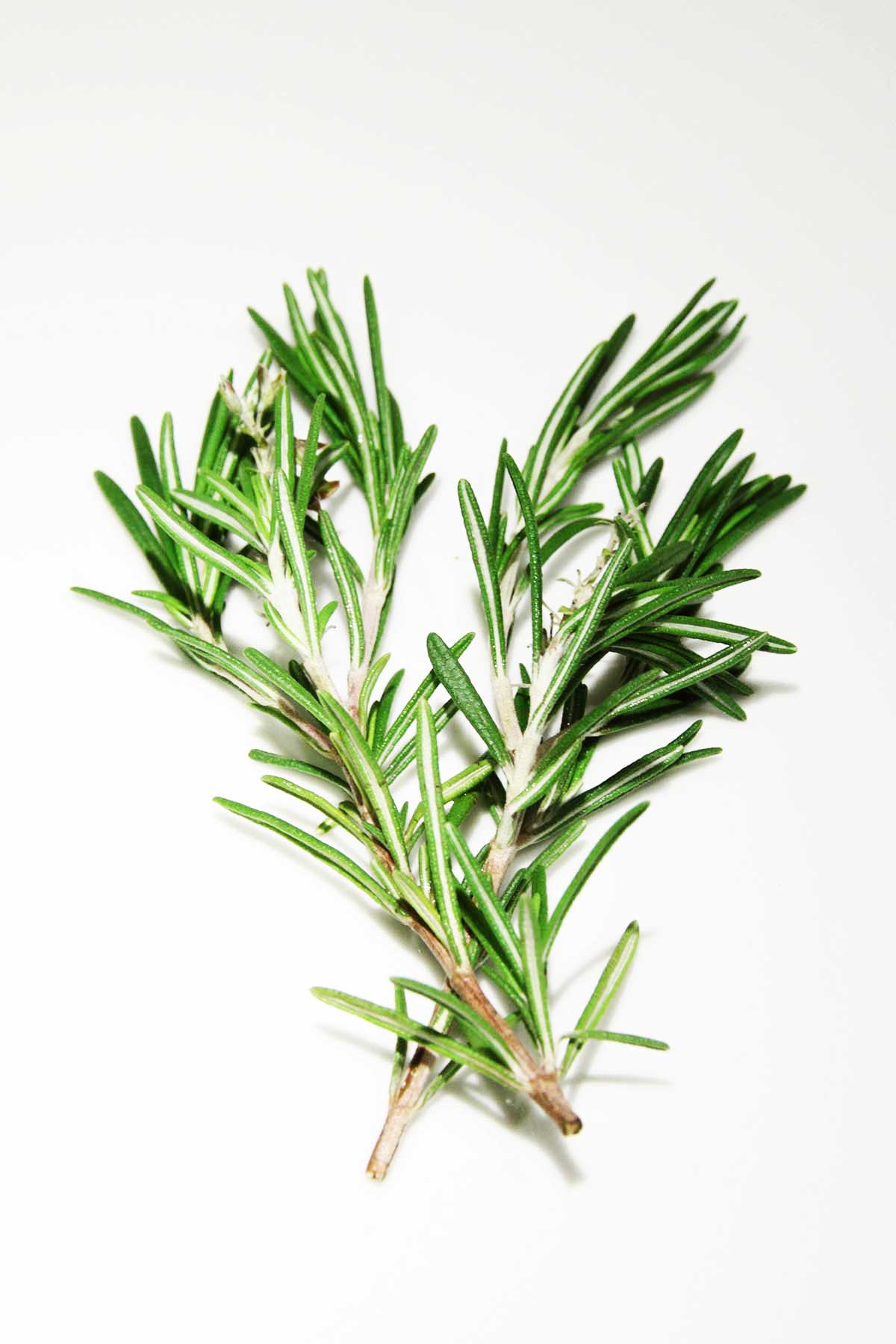
9. Sorrel
Sorrel is a wild herb that can grow anywhere, including your front yard. It is lemony, tangy and most tasty or tender in the early spring. It has been around the world for ages, but interestingly not easily found in the average grocery store.
Sorrel is popular in old recipes and cookbooks, thanks to its many health benefits. It was popular in most herbal remedies from the 20th century. It is great for cleansing the blood because of its high Vitamin C levels. Always cook with fresh sorrel.
- When to use fresh sorrel:
- Mixed in Paleo cream sauces
- In green and fruit salads
- With seafood
- Juiced with other vegetables
- In soups
10. Mint
Mint is perhaps one of the most overlooked herbs in the world. It can be deliciously muddled into a mocktail or added into iced tea. Additionally, it can easily be added to savory dishes. Mint has several varieties and grows in little time to make your cooking more succulent. Dedicated large spaces of land in your kitchen garden. Always work with fresh mint.
- When to use fresh mint
- In Asian-inspired dishes
- With cacao nibs and powder in baked goods
- In smoothies
- Added to green or fruit salads


